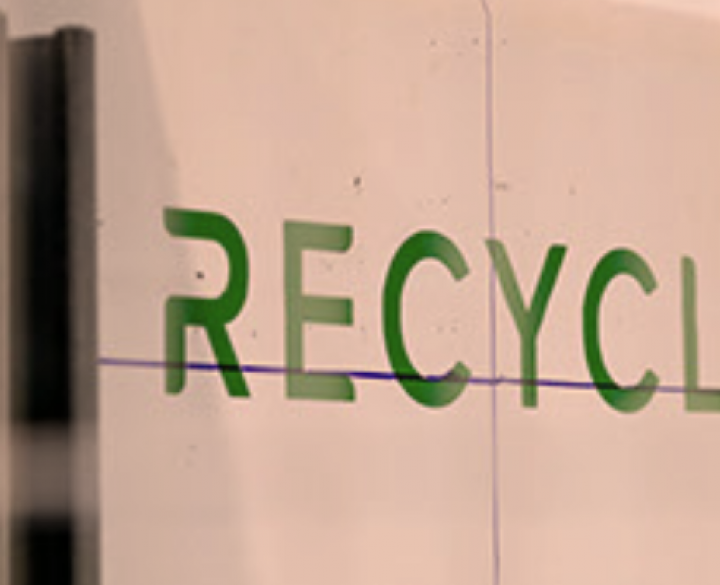Source: EPO
From an initial prototype that operated with trash from refuse containers and a second-hand treadmill, Victor Dewulf and Peter Hedley have developed an AI-driven waste recognition and sorting system that waste processing facilities can use to quickly and accurately sort waste, ensuring that more of it is recycled.
Sorting waste for recycling is a challenging task, particularly when it comes to plastics. This is partially due to confusion about what can be recycled, the inability to process some plastics, and oil price volatility, which can make new plastic cheaper than recycled forms. As part of his master's thesis on AI-enabled waste recognition, Dewulf began working with Hedley to tackle the problem. The two created a prototype sorting system using a second-hand treadmill and neighbourhood waste. Their ingenuity culminated in AI-driven waste recognition and robotic sorting technologies and the formation of Recycleye, a company set up to commercialise their research project.
The Recycleye system is installed above recycling centre conveyor belts, where it captures images of passing waste and uses AI algorithms to identify valuable materials. Combined with a robotic sorting arm, the system enables automated sorting with much higher accuracy than conventional mechanical or infrared vision technology and can even distinguish between food-grade and non-food-grade plastics. Thanks to this accuracy, the Recycleye system can increase the resale value of recycling bales five-fold and cut processing costs.
Towards the UN Sustainable Development Goals (UN SGD)
By making waste-sorting more financially attractive and feasible, Recycleye enables more waste volumes to be recycled, diminishing production and consumption of carbon-intensive virgin materials. Dewulf and Hedley thus address UN SDG 9 (Industry, Innovation and Infrastructure) and UN SDG 12 (Responsible Consumption and Production).




